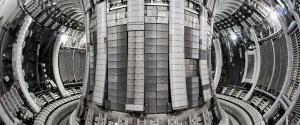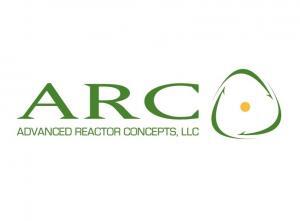
Earth to Mars in 100 days: The power of nuclear rockets
It may sound like science fiction, but it’s not.
Thanks to nuclear technology, traveling from Earth to Mars in 100 days could be a reality in the near future.
At the August 20 National Space Council meeting, NASA Administrator Jim Bridenstine gave a presentation on developing nuclear propulsion technology.
Using nuclear thermal propulsion is one way that could help the space agency meet its goal to send astronauts to Mars in the 2030s.
“That is absolutely a game-changer for what NASA is trying to achieve,” Space.com reported Bridenstine as saying.
Currently, using a chemical-powered rocket, it would take approximately eight months to travel from Earth to Mars. This means a longer period of time for astronauts to be exposed to radiation from space travel.
A nuclear-powered rocket could cut the travel time by more than half, reducing the time in space and exposure to radiation.
“That gives us an opportunity to really protect life, when we talk about the radiation dose when we travel between Earth and Mars,” Bridenstine explained.
New research shows the need to speed up the time traveling in deep space and reduce exposure to radiation is important. A University of California, Irvine (UCI) School of Medicine study found that mice exposed to interplanetary space travel radiation levels for six months suffered from serious learning and memory impairment.
Reduced travel time would also reduce the amount of food, water and oxygen a crew would have to carry for the journey.
How does it work?
Phys.org explained the technology this way: “A marble-sized ball of uranium fuel undergoes fission, releasing a tremendous amount of heat. This heats up hydrogen to almost 2,500 degrees Celsius, which is then expelled out the back of the rocket at extremely high velocity, giving the rocket two to three times the propulsion efficiency of a chemical rocket.”
Using nuclear power for deep space exploration is not a new idea.
The U.S. military and NASA began research on the concept in the 1950s, with the Project Rover program and in the 1960s with the Nuclear Engine for Rocket Vehicle Applications (NERVA) program.
Several tests were conducted on nuclear-powered engines, but the program was canceled in 1973 before any flight tests of the engine took place as NASA decided to scrap moon and Mars missions and focus on the space shuttle program.
But now, the idea of a nuclear-power rocket is making a comeback at NASA.



